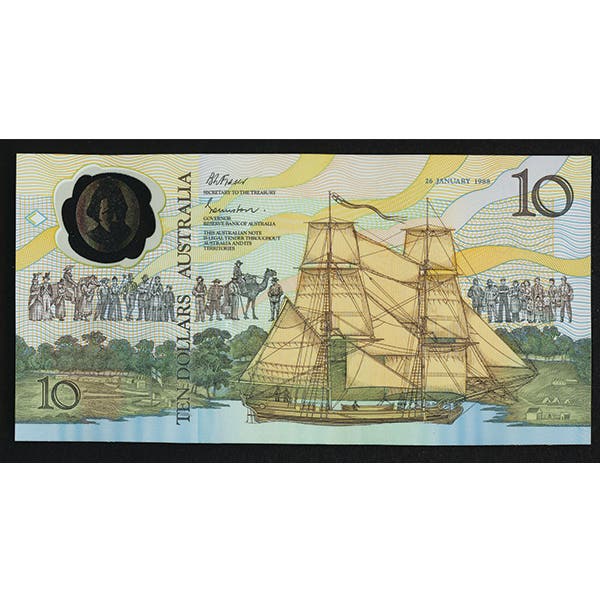No additional strikes for rare varieties
Is there any chance that the Mint would deliberately strike additional examples of some rare, new variety after it appears? I see that they have duplicated some of the hubbing…
Is there any chance that the Mint would deliberately strike additional examples of some rare, new variety after it appears? I see that they have duplicated some of the hubbing varieties.
This was one of numerous rumors that floated about and were quoted widely on the Internet and some of the online services. The duplication referred to occurred only under test conditions by the Mint and was done only to determine exactly how a given variety occurred so that corrective measures could be taken to prevent it from recurring.
I can’t find any dealer listings for the wide rim variety of the 1979-P Anthony dollar. Are they really that rare?
There is no such thing as a “wide rim variety.” There are wide and narrow rims, but either can be found on both the near- and far-date 1979-P SBA dollars, so the width of the rim is not a valid marker. The only marker you can go by is whether the date is close to the rim or far from it. All of the later date “P,” “D,” and “S” dollars have the near date, so you can check it against any of those. The 1979-D and -S both have the far date. As to rarity, the near-date variety came out of the Treasury vaults in bag quantities for several months.
What’s the difference between the two types of 1886 Indian Head cents that dealers offer in their ads? I’ve checked all my references and can’t find anything. Is this some new discovery?
This is one of those frequent cases where a variety is so old that it’s new to a lot of collectors. The 1886 Variety 1 matches all previous dates, with the last feather of the bonnet pointing between the “IC” in “AMERICA.” On Variety 2, the feather points between “CA.” All dates after 1886 are the Variety 2, so by comparing an earlier and a later date you can find the difference. Mintages for the two varieties were about evenly divided, so there is no particular premium for either variety.
Did Frank Gasparro design any other coins besides the Anthony dollar?
Gasparro is credited with a lengthy list. He was responsible for the Memorial reverse for the Lincoln cent, the reverse of the Kennedy half, the Eisenhower dollar obverse and reverse, as well as coins for Guatemala, Cuba, and the Philippines.
Was there any private competition for the post office before 1900?
Wells Fargo & Co. was in the mail delivery business. It was founded in 1852 and was one of a number of firms that were competing with the post office. The threat was eliminated by a law prohibiting private companies from delivering first-class mail. Wells Fargo went out of the mail business in 1895 but continued its express package delivery until 1918.
E-mail inquiries only. Do not send letters in the mail. Send to Giedroyc@Bright.net. Because of space limitations, we are unable to publish all questions.
This article was originally printed in Numismatic News Express. >> Subscribe today
If you like what you've read here, we invite you to visit our online bookstore to learn more about Fascinating Facts, Mysteries & Myths About U.S. Coins.









